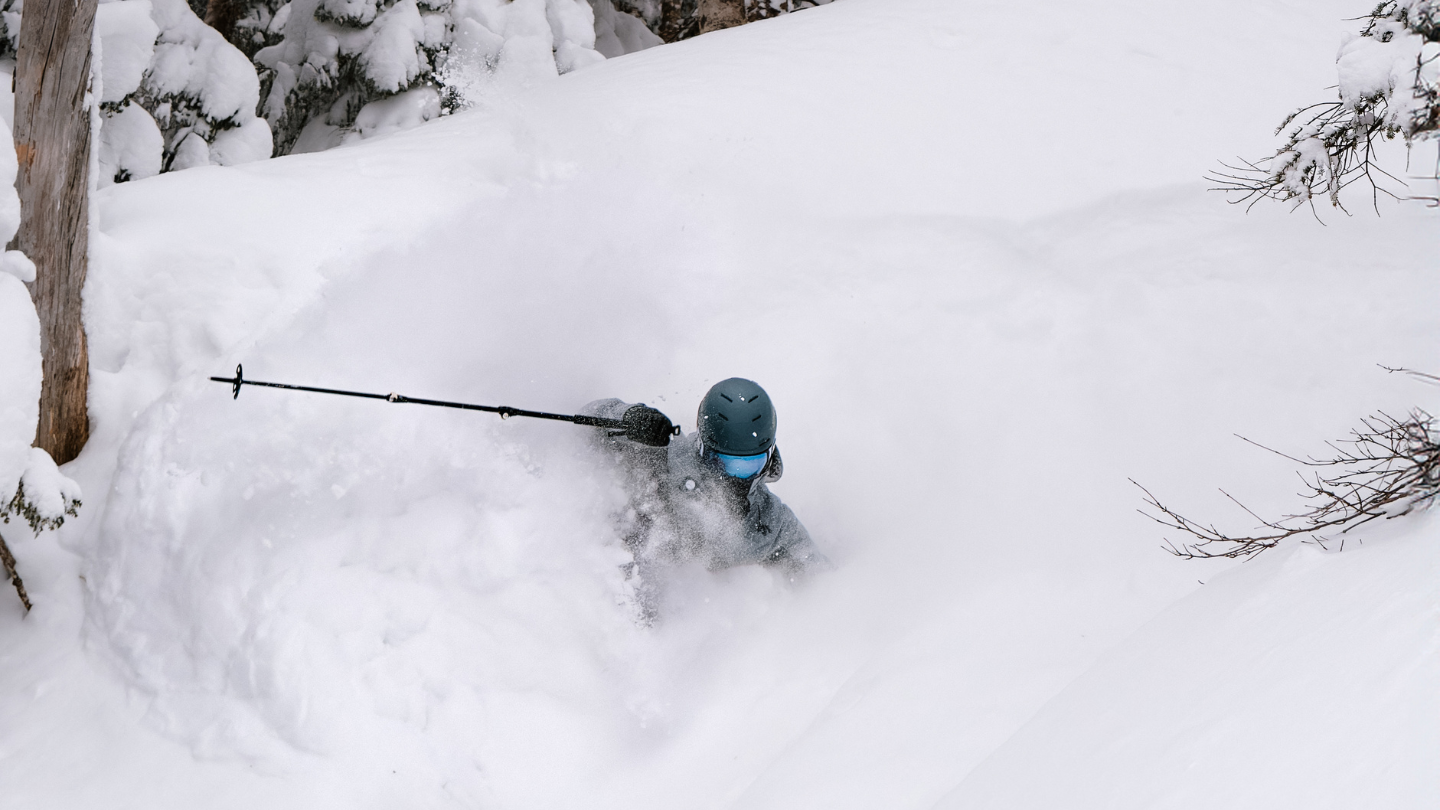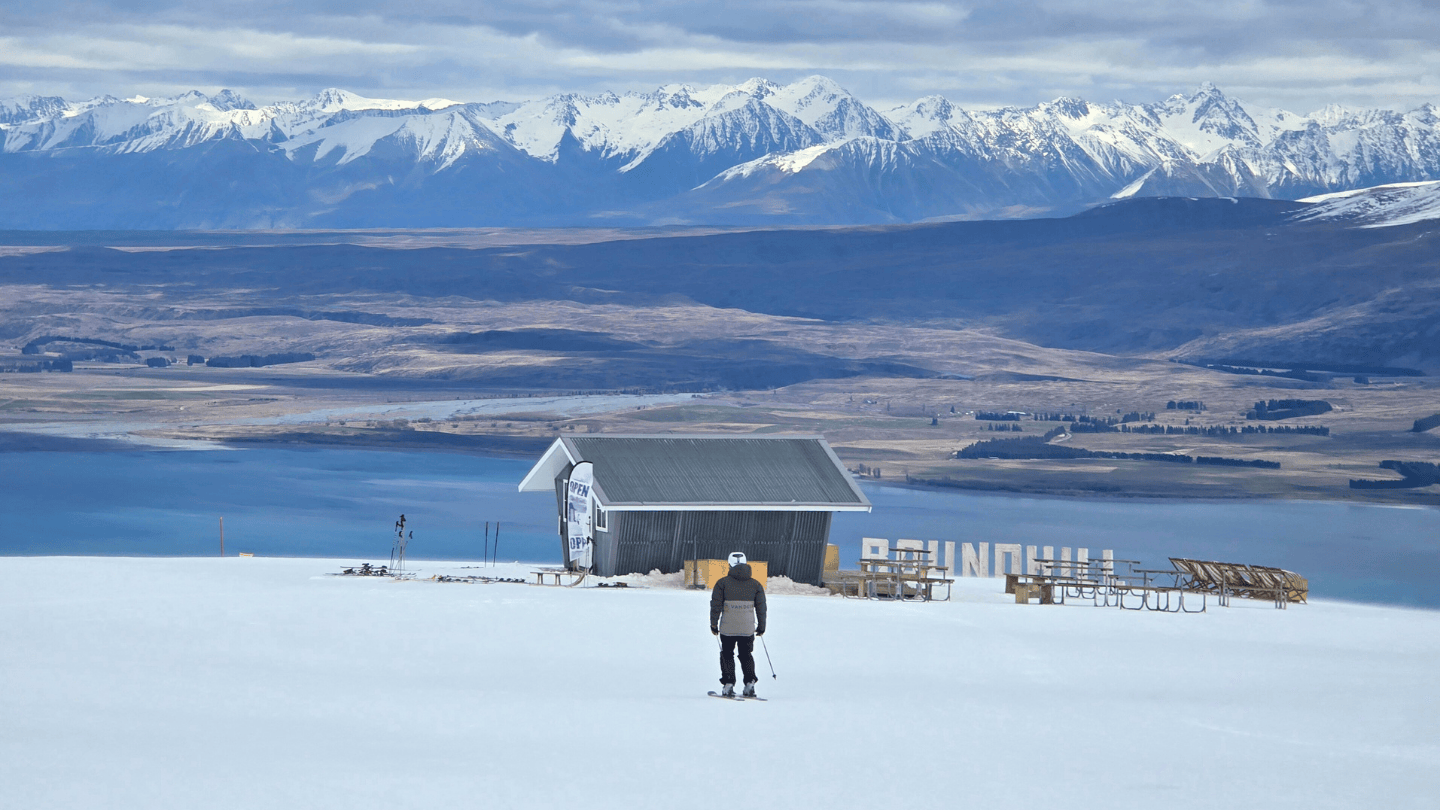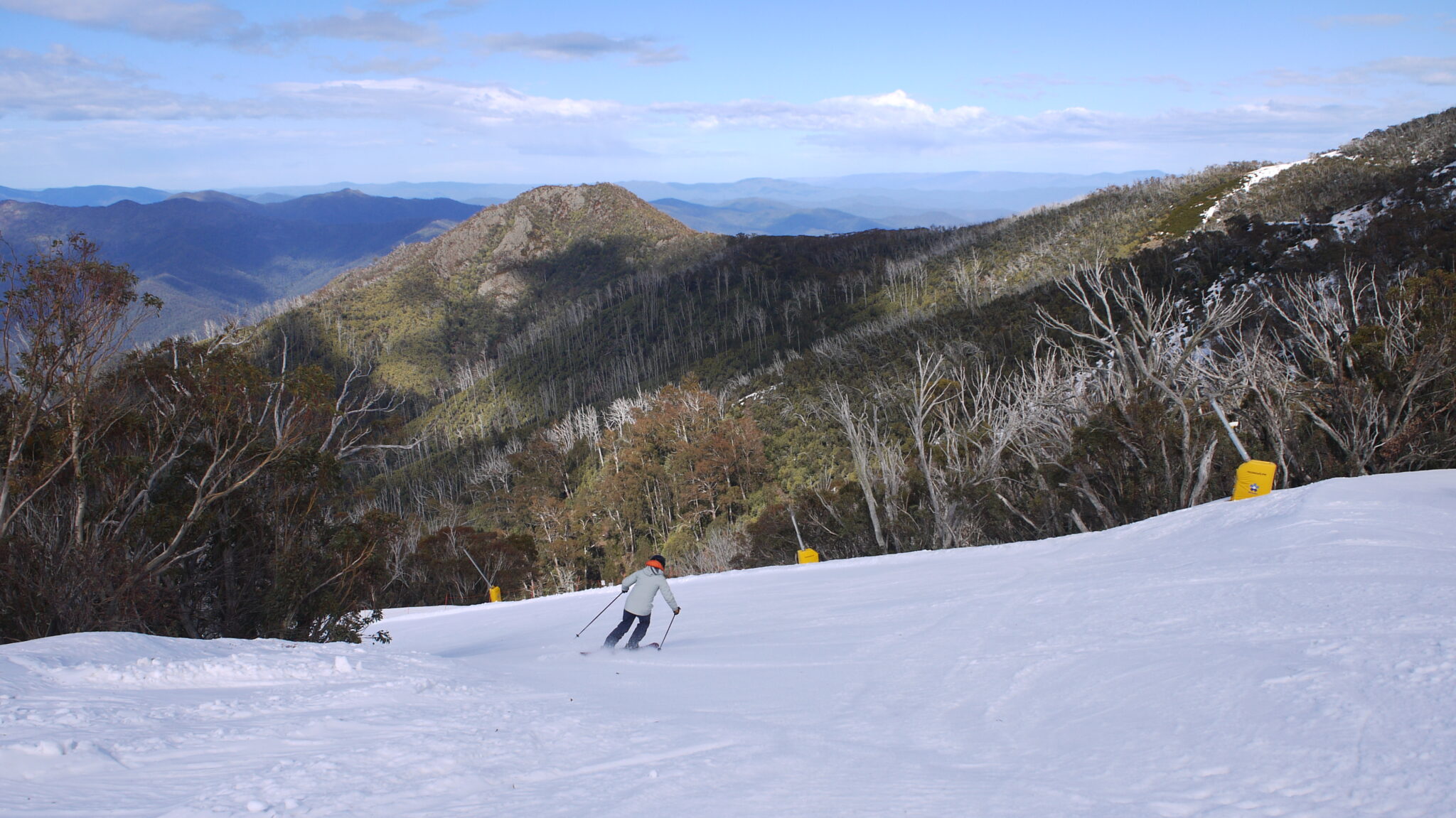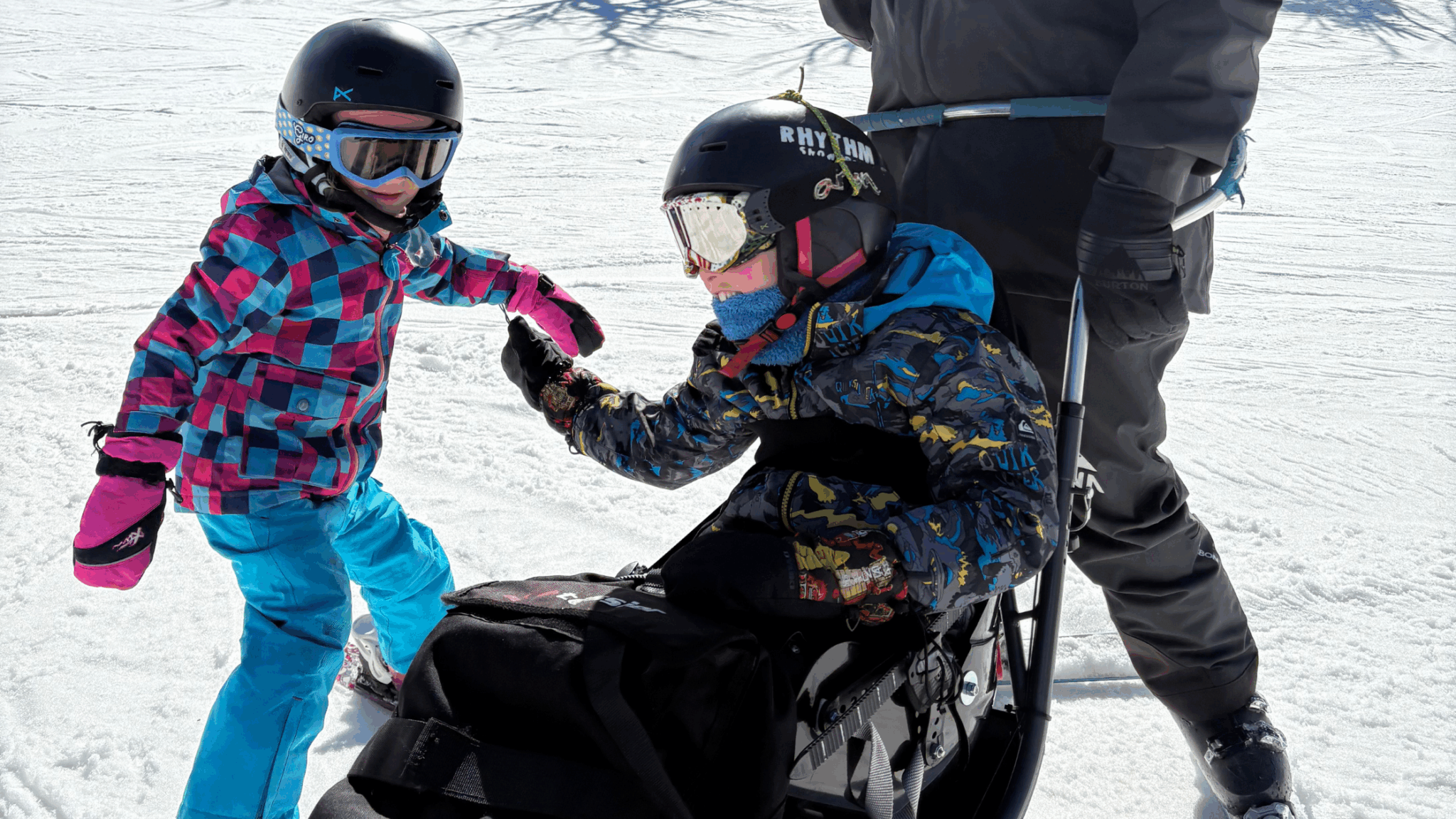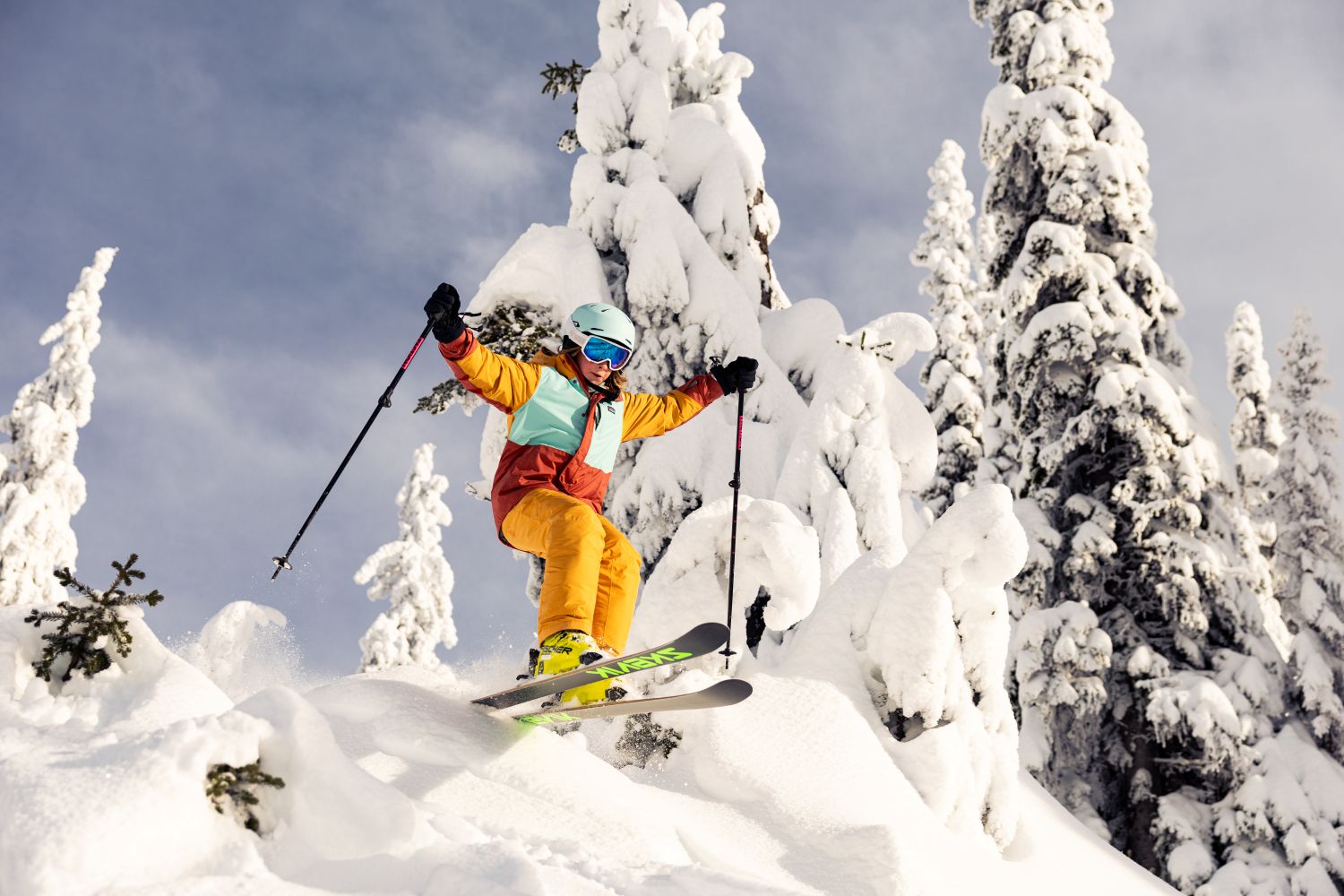For young adults eager to explore the mountains, skiing powder is a dream—but doing it safely is key. Snow Action chats with Owen Lansbury from the Mountain Safety Collective and other experts to break it down.
“Everyone wants to shred POW, but the message is to understand the risks on different parts of the mountain,” says Owen. “On piste is safest, especially getting first lifts on a powder day. Off piste (ungroomed but patrolled areas) is generally safe for strong skiers. Out of bounds areas are roped off for good reasons—cliffs, crevasses, avalanches. Do not duck ropes.”
The backcountry has no patrol or avalanche control. Even if exiting via a backcountry gate, you’re on your own. The safest way to explore it? Hire a local ski guide. “Avoid the backcountry unless you’re experienced, have done an avalanche course, and carry proper safety gear,” says Owen. With around 150 avalanche deaths annually, it’s no joke.
Insurance matters. “Many standard policies don’t cover off-piste skiing. Backcountry rescues aren’t covered at all, and you could be hit with a five-figure bill,” warns Owen.
Tree Skiing: Fun or Fatal?
Tree skiing offers untracked powder but also hidden dangers. “Tree wells in North America can kill in 60 seconds,” reports the USA National Ski Areas Association. In Japan, resorts like Furano discourage tree skiing. “If you get lost or injured, ski patrol won’t help—you’ll need police rescue, costing at least $10K,” says Ken from Furano Snow Tours.
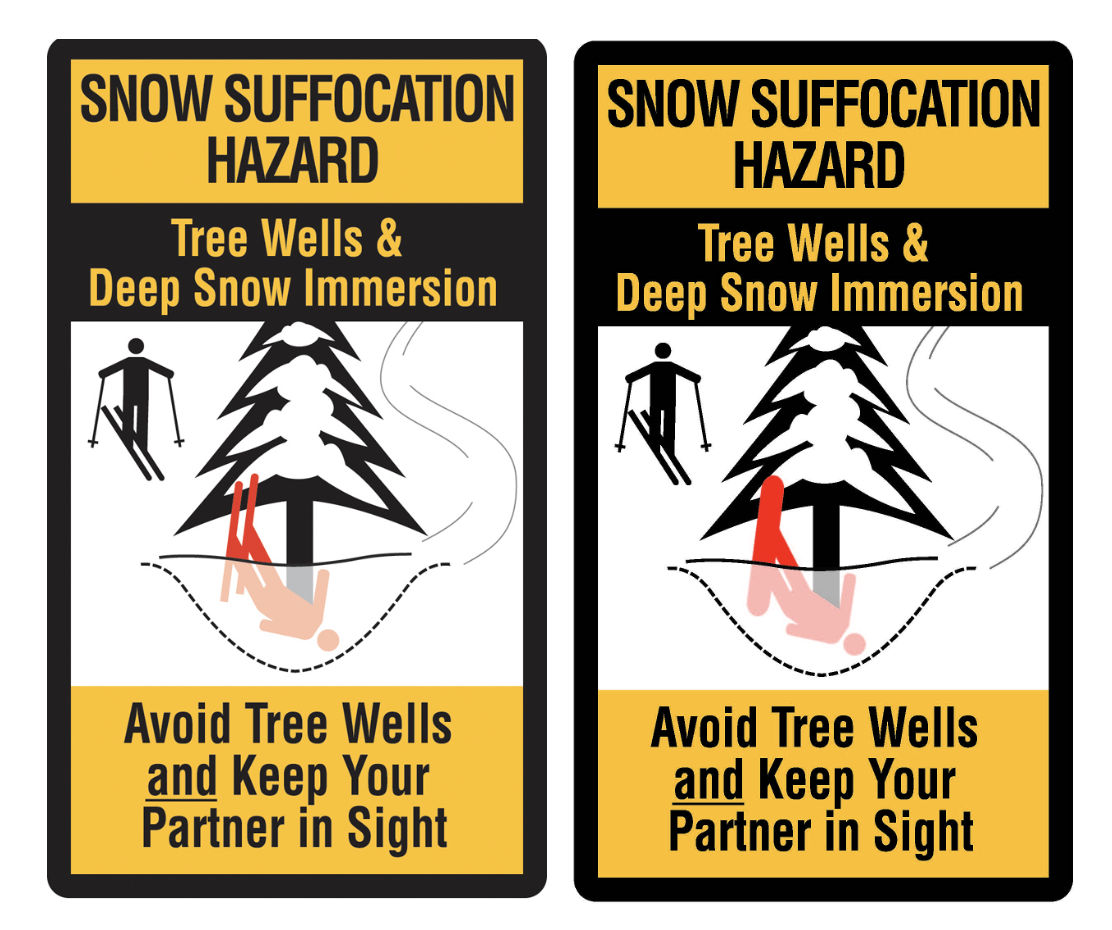
Stay Safe
Hire a professional ski guide, take an avalanche safety course, wear a helmet and goggles, never ski alone, leave a trip plan with someone. Learn more about Mountain Safety Collective.
Owen Lansbury is Head Guide at Thredbo Backcountry Tours and Communications Director for Mountain Safety Collective. He started his mountain career as a snowboard instructor 25 years ago but has spent the past decade back on skis chasing backcountry lines in Australia and around the world.
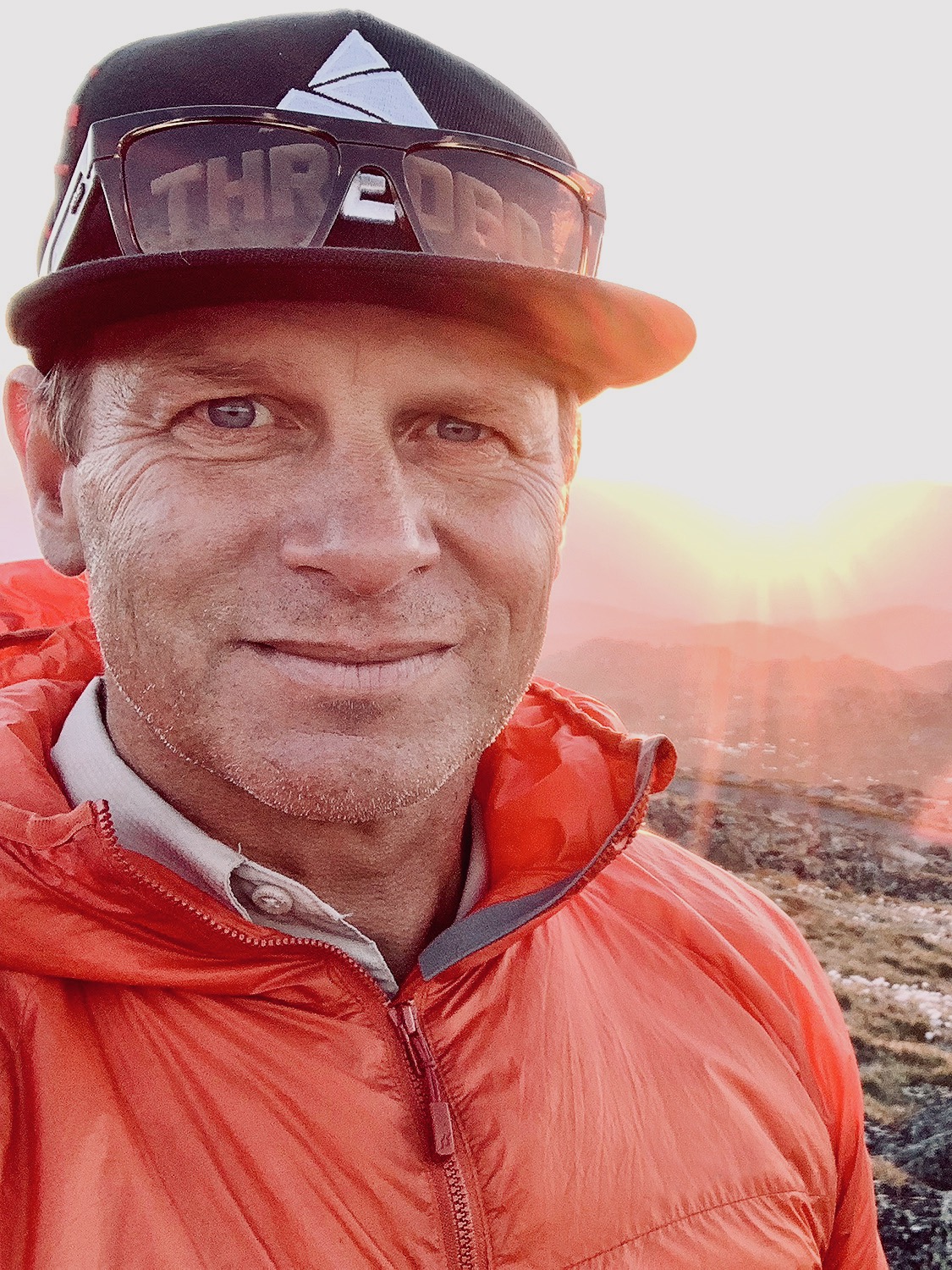
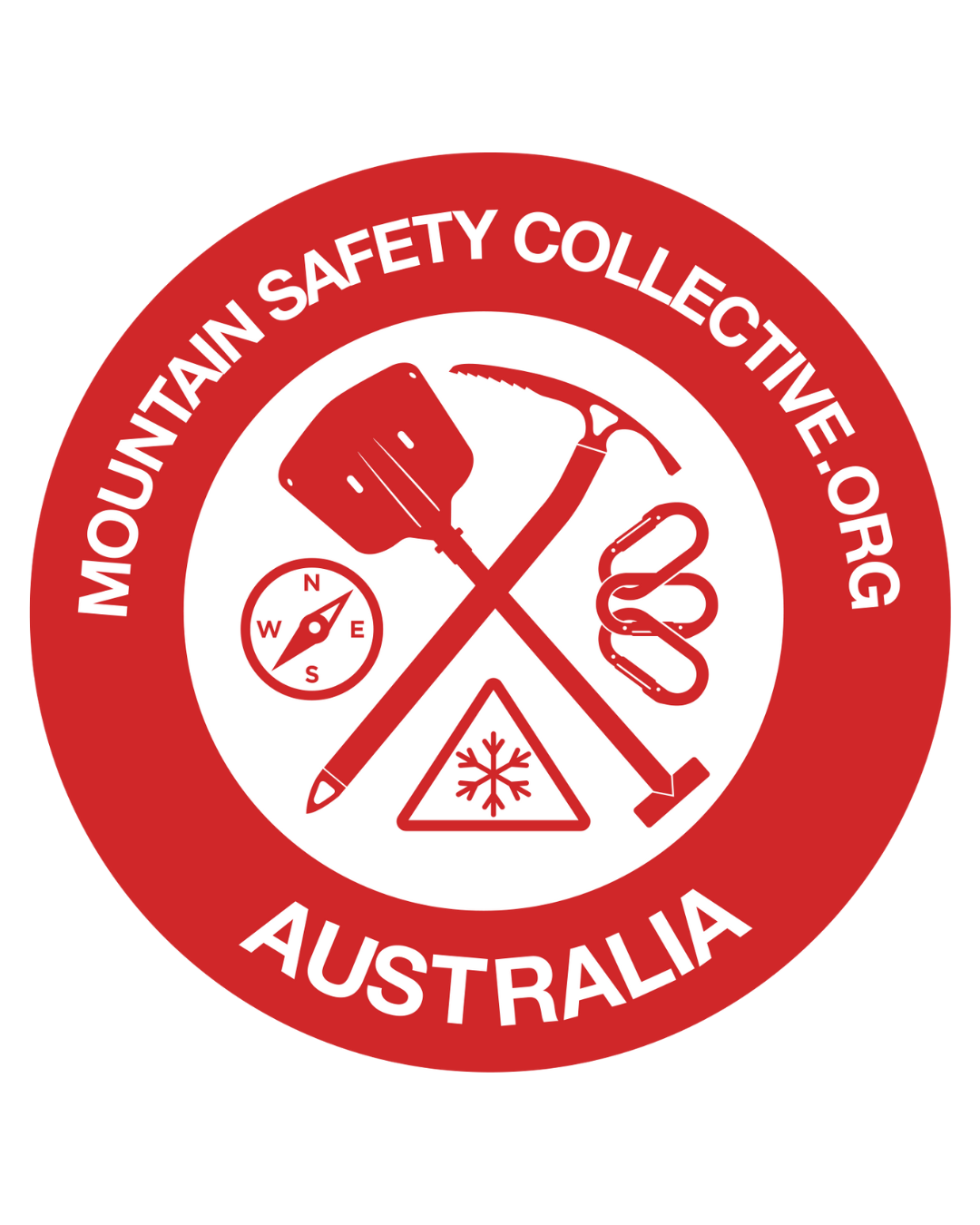
Read more about backcountry safety on Snow Action here.

